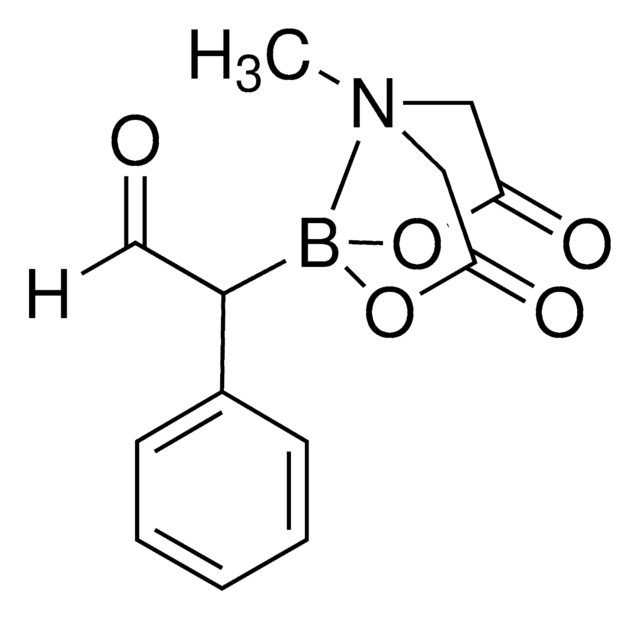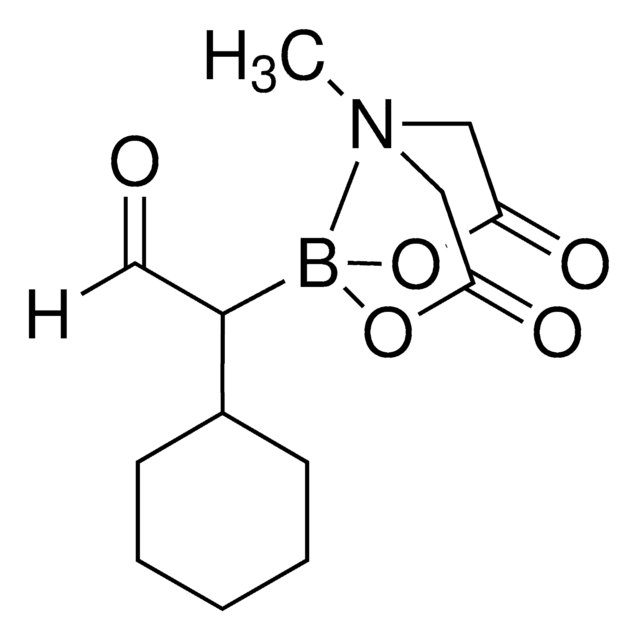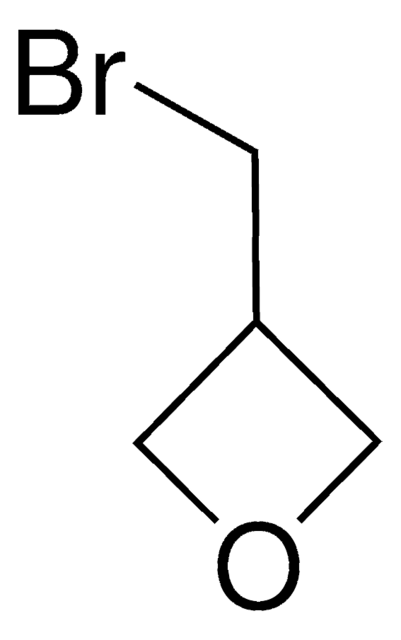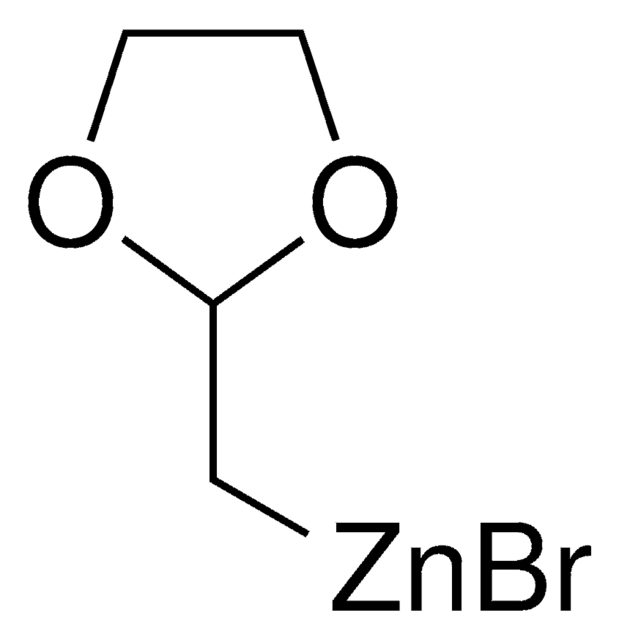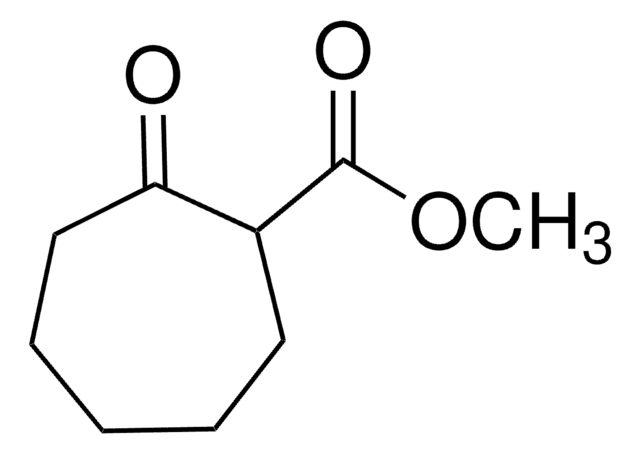Wichtige Dokumente
793434
4-Tolyl-α-MIDA-boryl aldehyde
Synonym(e):
(6-Methyl-4,8-dioxo-1,3,6,2-dioxazaborocan-2-yl)(4-methylphenyl)acetaldehyde
About This Item
Empfohlene Produkte
Form
solid
mp (Schmelzpunkt)
135-142 °C
Funktionelle Gruppe
aldehyde
Lagertemp.
2-8°C
SMILES String
O=C1OB(C(C2=CC=C(C)C=C2)C([H])=O)OC(CN(C)C1)=O
InChI
1S/C14H16BNO5/c1-10-3-5-11(6-4-10)12(9-17)15-20-13(18)7-16(2)8-14(19)21-15/h3-6,9,12H,7-8H2,1-2H3
InChIKey
DCVSWHVQPHHNBM-UHFFFAOYSA-N
Suchen Sie nach ähnlichen Produkten? Aufrufen Leitfaden zum Produktvergleich
Allgemeine Beschreibung
Anwendung
Sonstige Hinweise
Lagerklassenschlüssel
11 - Combustible Solids
WGK
WGK 3
Flammpunkt (°F)
Not applicable
Flammpunkt (°C)
Not applicable
Hier finden Sie alle aktuellen Versionen:
Analysenzertifikate (COA)
It looks like we've run into a problem, but you can still download Certificates of Analysis from our Dokumente section.
Wenn Sie Hilfe benötigen, wenden Sie sich bitte an Kundensupport
Besitzen Sie dieses Produkt bereits?
In der Dokumentenbibliothek finden Sie die Dokumentation zu den Produkten, die Sie kürzlich erworben haben.
Verwandter Inhalt
The Yudin laboratory is known for the development of amphoteric molecules and their application in synthesis. The corresponding reagents possess nucleophilic and electrophilic functional groups that do not prematurely react with each other.
Aktive Filter
Unser Team von Wissenschaftlern verfügt über Erfahrung in allen Forschungsbereichen einschließlich Life Science, Materialwissenschaften, chemischer Synthese, Chromatographie, Analytik und vielen mehr..
Setzen Sie sich mit dem technischen Dienst in Verbindung.